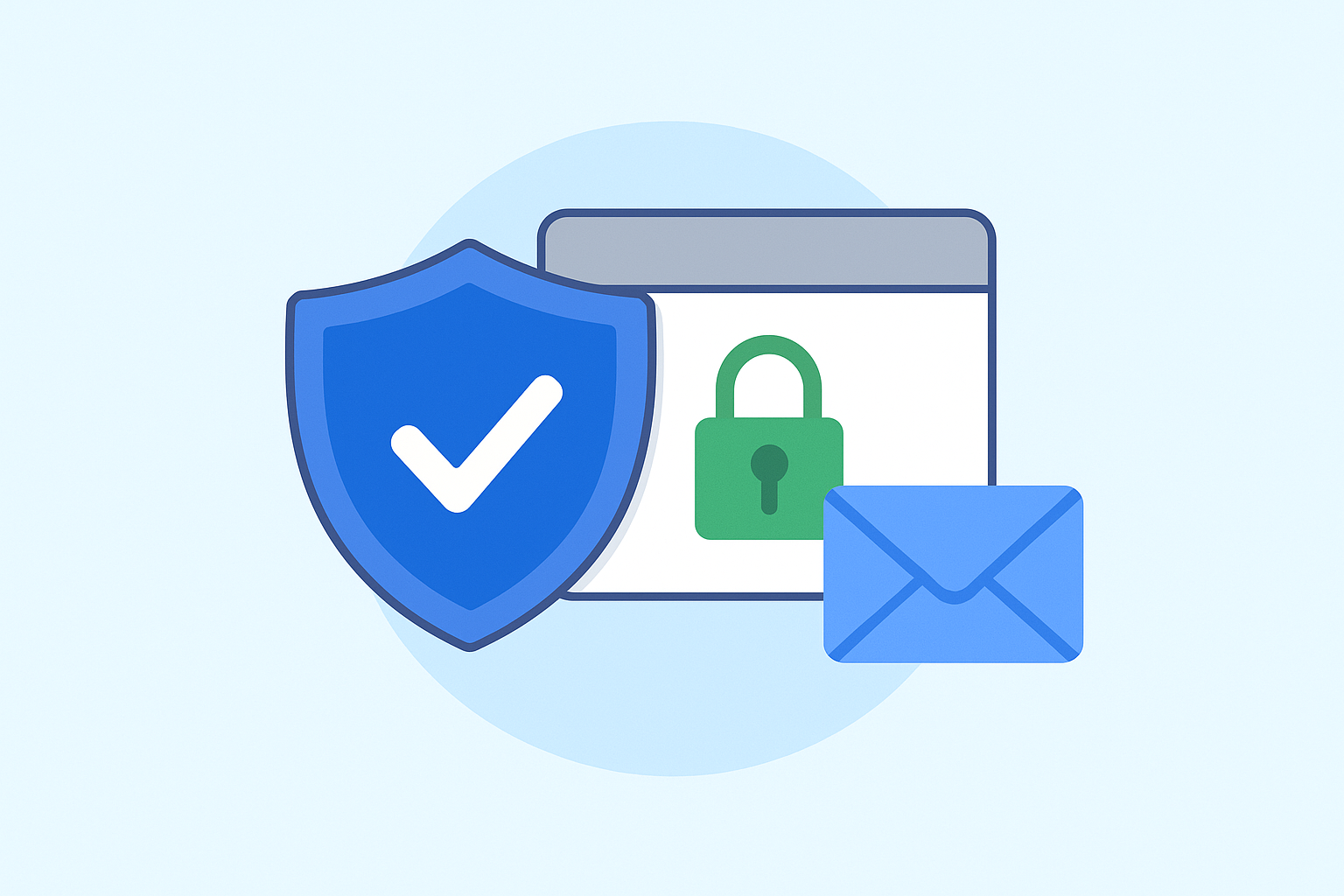Secure Your Website
SSL/HTTPS. Without an SSL certificate, browsers display a “Not Secure” warning. This means any information users enter (such as through a contact form or login) travels across the internet unencrypted and can be intercepted. Switching to HTTPS is a simple way to build trust and prevent data leaks. Certificates can usually be set up through your domain registrar or hosting provider.
DNSSEC. DNSSEC adds an extra layer of protection at the domain level, guarding against domain spoofing. Without it, attackers can redirect visitors to a fake website that looks like yours but is designed to steal information. DNSSEC uses digital signatures to confirm users are reaching the right destination. Most domain providers support DNSSEC, but it’s worth checking that it’s enabled.
WordPress security. WordPress powers a huge portion of the internet, which also makes it a prime target for attacks. Strengthen your site with these steps:
-
Use strong, unique passwords. Avoid reusing them across multiple platforms.
-
Don’t use “admin” as a username. Hackers often target this default account.
-
Keep everything up to date. Regularly update WordPress core, themes and plugins to patch vulnerabilities.
-
Install a security plugin. Tools such as Wordfence or iThemes Security adds firewalls and monitors login attempts.
Ensure Reliable Email Delivery
A common frustration for businesses is that emails don’t reach inboxes or end up in spam. If you use a third-party service (like Amazon SES, Gmail or Outlook) but your domain isn’t properly configured, email providers may flag your messages as suspicious. The solution lies in three DNS records:
SPF (Sender Policy Framework). SPF tells receiving servers which services are authorized to send email on behalf of your domain. For example, if you use Amazon SES for booking confirmations, Amazon’s servers must be listed in your SPF record. Without it, your emails may be marked as spam or rejected entirely.
DKIM (DomainKeys Identified Mail). DKIM adds a digital signature to your emails, allowing the recipient’s server to confirm that the message hasn’t been altered and genuinely came from your domain. With Amazon, this involves verifying your domain and adding DKIM records to your DNS.
DMARC. DMARC ties SPF and DKIM together, setting rules for what should happen if a message fails authentication. For instance, you can instruct servers to reject, quarantine or still deliver such emails. DMARC protects your brand against spoofing—when attackers impersonate your domain.
When SPF, DKIM and DMARC are configured correctly, delivery rates improve significantly and the risk of brand misuse decreases.


